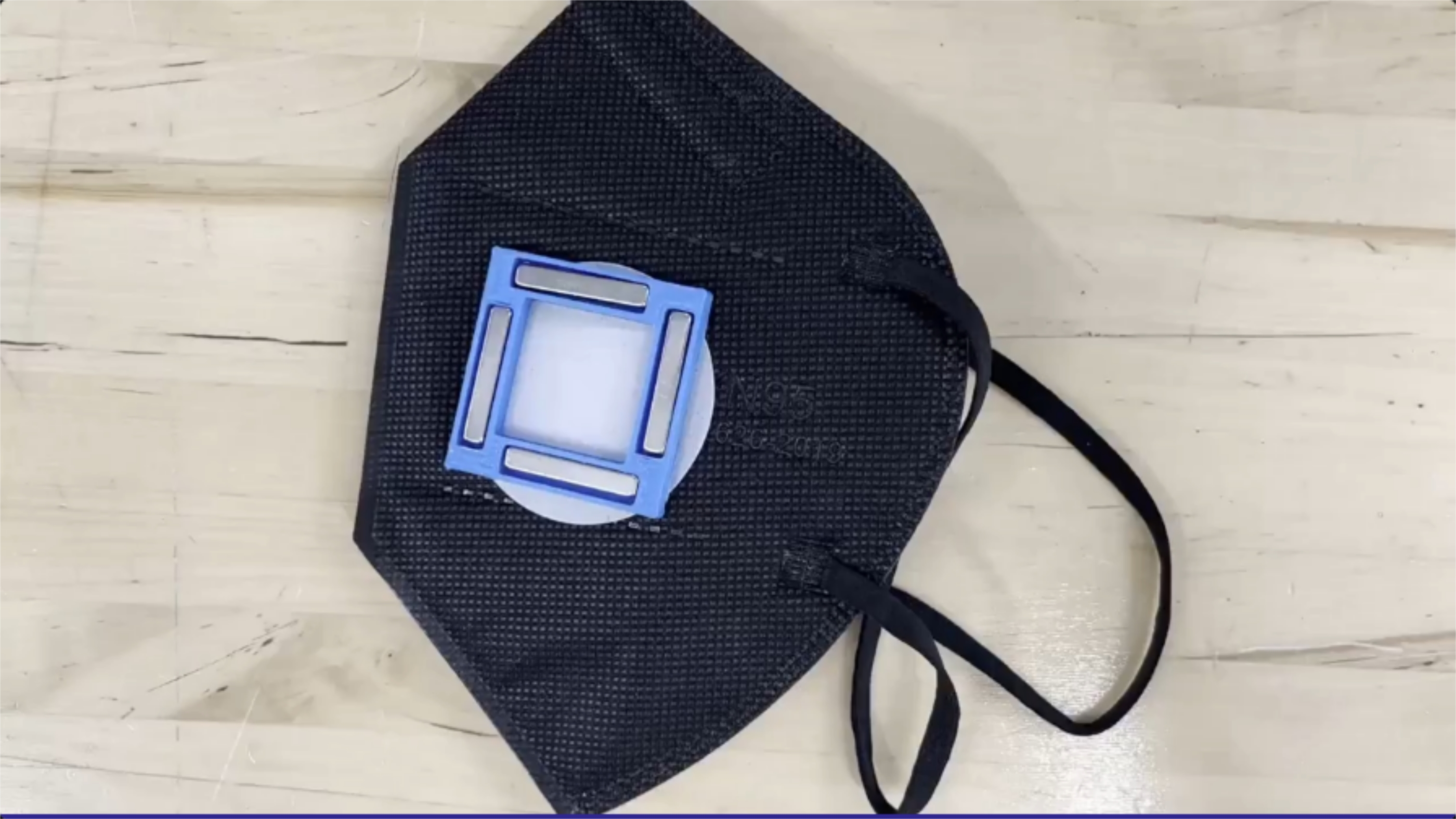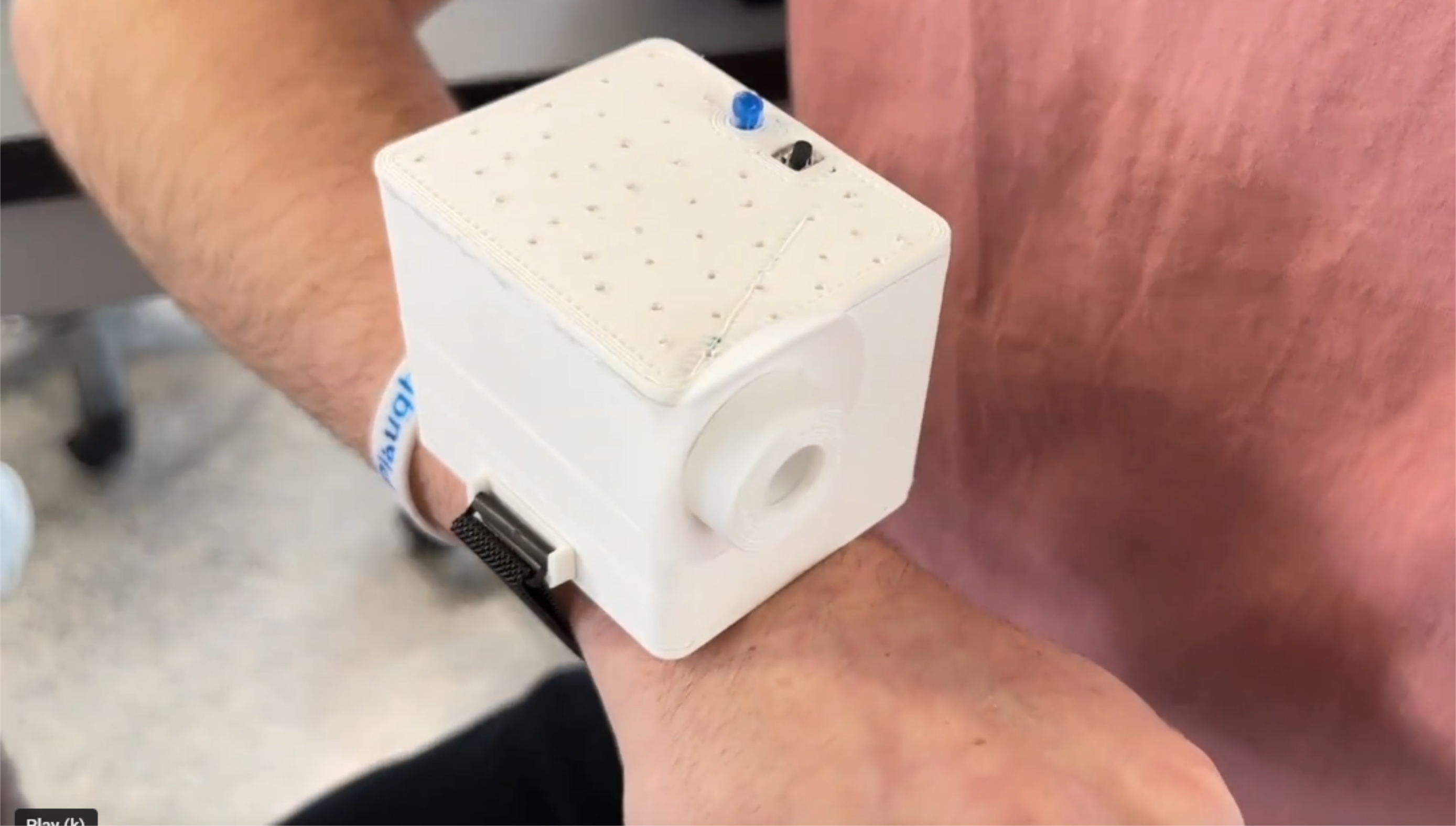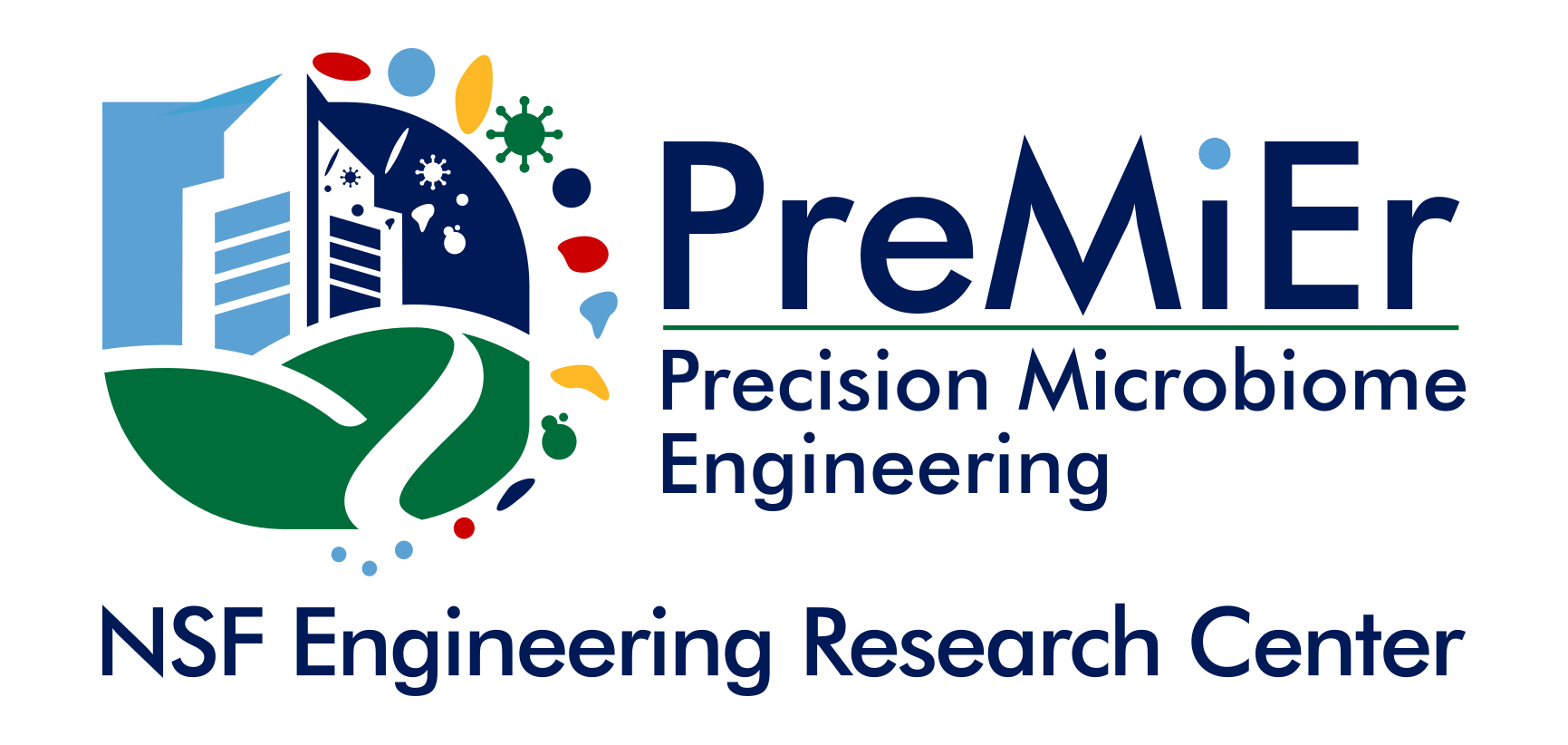Incorporating the Built Environment using Hands-on Curricular Approaches
Outcome/Accomplishment
PreMiEr involved undergraduate students at multiple participant institutions in lessons relevant to the ERC mission. At Duke University, two teams of first year engineering students enrolled in the First Year Design course were challenged to design and build portable personal aerosol sampling devices. At the University of North Carolina at Charlotte, undergraduates were taught basic molecular biology techniques while collecting and analyzing built environment samples relevant to PreMiEr research projects.
Impact/Benefits
Introducing topics related to PreMiEr in the form of projects to students early in their studies provides an excellent pathway to enhance exposure and interest in research areas relevant to the ERC. Hands-on experience early in studies offers numerous benefits to aspiring scientists and engineers. Firstly, it bridges the gap between theoretical knowledge and practical application, allowing students to apply classroom learning to real-world problems. A hands-on approach also fosters a deeper understanding of research and engineering principles and encourages critical thinking and problem-solving skills. Additionally, particularly relevant to the First Year Design course, early exposure to design projects instills a sense of creativity and innovation, empowering students to think outside the box to come up with novel solutions. Moreover, this type of student engagement helps students develop essential teamwork and communication skills as they collaborate with peers on complex projects.
Explanation/Background
AtDuke University, Dr. Claudia Gunsch assumed the role of the client for two First Year Design teams with a mission to tackle the challenging task of creating a compact, affordable device for capturing microbe aerosols. This design project was guided by a set of specific criteria: the device needed to fit within a small space, occupying less than a cubic inch, all while keeping production costs under $50. The primary function of this device was to filter a predetermined volume of air and effectively "trap" any aerosolized microbes present. The ideal device had to be user-friendly, resilient, and wearable, seamlessly blending into various environments. Moreover, it had to accommodate easily replaceable filters with a durability of up to one year. Innovative student brainstorming sessions generated a plethora of ideas, which were meticulously refined and transformed into tangible prototypes, both of which demonstrated a remarkable ability to fulfill many of the design criteria.
Meanwhile, at the University of North Carolina at Charlotte in the Spring 2023 semester, Drs. Jessica Schlueter and Cynthia Gibas invited students in an undergraduate Genomic Methods course to explore the question of what a built environment microbiome looks like. Many students in this class had only limited exposure to molecular techniques, so lessons started with basic biosafety, and basic techniques such as micro pipetting that prepared students for their course experiment. Students chose locations around the UNC Charlotte campus to sample surfaces in a built environment. They then extracted DNA from those samples and built sequencing libraries to identify the structure of those microbial communities.
Location
Durham, North CarolinaStart Year
Biotechnology and Healthcare
Biotechnology and Healthcare
Lead Institution
Core Partners
Fact Sheet
Outcome/Accomplishment
PreMiEr involved undergraduate students at multiple participant institutions in lessons relevant to the ERC mission. At Duke University, two teams of first year engineering students enrolled in the First Year Design course were challenged to design and build portable personal aerosol sampling devices. At the University of North Carolina at Charlotte, undergraduates were taught basic molecular biology techniques while collecting and analyzing built environment samples relevant to PreMiEr research projects.
Location
Durham, North CarolinaStart Year
Biotechnology and Healthcare
Biotechnology and Healthcare
Lead Institution
Core Partners
Fact Sheet
Impact/benefits
Introducing topics related to PreMiEr in the form of projects to students early in their studies provides an excellent pathway to enhance exposure and interest in research areas relevant to the ERC. Hands-on experience early in studies offers numerous benefits to aspiring scientists and engineers. Firstly, it bridges the gap between theoretical knowledge and practical application, allowing students to apply classroom learning to real-world problems. A hands-on approach also fosters a deeper understanding of research and engineering principles and encourages critical thinking and problem-solving skills. Additionally, particularly relevant to the First Year Design course, early exposure to design projects instills a sense of creativity and innovation, empowering students to think outside the box to come up with novel solutions. Moreover, this type of student engagement helps students develop essential teamwork and communication skills as they collaborate with peers on complex projects.
Explanation/Background
AtDuke University, Dr. Claudia Gunsch assumed the role of the client for two First Year Design teams with a mission to tackle the challenging task of creating a compact, affordable device for capturing microbe aerosols. This design project was guided by a set of specific criteria: the device needed to fit within a small space, occupying less than a cubic inch, all while keeping production costs under $50. The primary function of this device was to filter a predetermined volume of air and effectively "trap" any aerosolized microbes present. The ideal device had to be user-friendly, resilient, and wearable, seamlessly blending into various environments. Moreover, it had to accommodate easily replaceable filters with a durability of up to one year. Innovative student brainstorming sessions generated a plethora of ideas, which were meticulously refined and transformed into tangible prototypes, both of which demonstrated a remarkable ability to fulfill many of the design criteria.
Meanwhile, at the University of North Carolina at Charlotte in the Spring 2023 semester, Drs. Jessica Schlueter and Cynthia Gibas invited students in an undergraduate Genomic Methods course to explore the question of what a built environment microbiome looks like. Many students in this class had only limited exposure to molecular techniques, so lessons started with basic biosafety, and basic techniques such as micro pipetting that prepared students for their course experiment. Students chose locations around the UNC Charlotte campus to sample surfaces in a built environment. They then extracted DNA from those samples and built sequencing libraries to identify the structure of those microbial communities.


